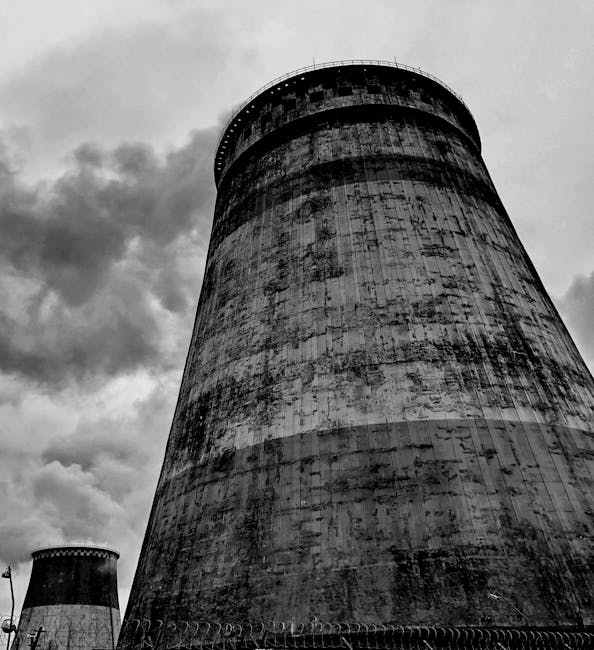Hi I'm Vance, and welcome back to Repair and Replace. In this episode I'll show you'll how to troubleshoot some common problems with your gas furnace. The goal of this troubleshooting guide is to give you a better understanding of what can go wrong with your furnace, what repairs might help and when you should call a professional. First we'll look a some simple solutions, and then we'll go step by step through the sequence of operation. There's a link to all the individual repairs in the video description below. If the furnace ignites and the blower fan is running, but there's no heat coming out of the registers, then something might be restricting the airflow. Turn off your furnace and check the filter. The air filter is located next to the cold air return duct. As the filter collects dust, it begins to restrict the airflow. This is why it's essential to replace the filter every 3 – 6 months.
If replacing the filter doesn't help, then there might be something else clogging the ducts so it might be worth a professional inspection. If your furnace isn't running at all, it's best to eliminate the simple sources first. Take a look at your thermostat. Check the batteries and replace if necessary. Now make sure that the thermostat is set to HEAT and the fan is set to AUTO. Next check the breaker box. If the furnace breaker is tripped and in the middle position, then flip the breaker all the way off, and then flip it on to reset the breaker. Locate the furnace power switch on the side of the furnace, and make sure the switch is on. Now find the gas shutoff valve. It should be open.
Also many furnaces have a safety switch that prevents the furnace from running when the blower cover is open, so make sure that the cover is closed all the way. Modern furnaces have a set of safety switches that shut down the furnace when the system is compromised. If a switch is tripped, it will cause the furnace to lockout. The furnace will attempt to ignition several times before going into a hard lockout for up to an hour . Every time a lockout happens the furnace will use flashing lights as codes to identify the source of the shutdown. These codes are unique to each model, so check your furnace manual to see what each code means. Now if you are going to repair your furnace, know your limits and only a temple you can safely do. If your furnace has power then turn on the thermostat and observe the startup sequence. First, the draft inducer fan pulls air through the heat exchanger. This ensures that all fumes are exhausted during combustion.
If the inducer isn't running then the motor might be seized or burnt out. Additionally the wires could be faulty or it could be a problem with the control board. If the inducer is running, and there's enough airflow to remove the exhaust gasses, then the pressure switch will close. When the pressure is low, the switch will stay open and will prevent the furnace from igniting. Try to identify anything that might cause a change of pressure inside the heat exchanger. Check to see if there's any obstructions in the flue vent or in the inducer motor port.

Next check to see if there are any blockages in the pressure switch tubing. If the airflow is good, and the pressure switch might be faulty. If the pressure is good, then voltage is sent to the hot surface igniter. Some furnaces might use a spark igniter instead . If the igniter doesn't activate, then remove the igniter and test for continuity. The igniter doesn't have continuity it will need to be placed. If the igniter has continuity, but still doesn't ignite, then it might be a problem with the wires or the control board. As the igniter glows, the gas valve will open and the burners will ignite. There's no flame present. Then check to see if the gas valve is on. If there's still no flame and call a professional, as the gas valve solenoid could be faulty or there could be low gas pressure.
The flame sensor checks to see if a flame is present. If all the burners light, the flame should stay on for more than seven seconds. The burners shut off shortly after igniting and the flame sensor could be dirty or defective. Remove the sensor and clean it with a soft abrasive pad. The flame still doesn't stay on then replace the flame sensor. Look for any scorch marks, as this indicates a more serious problem. If the flames roll out the front of the burner, the flame roll out switch shuts off the furnace. these switches usually have a reset button. if you reset the switch, and the switch keeps tripping, then shut your furnace off and Call a professional. The heat exchanger could be cracked and could be releasing carbon monoxide into your home. There's no sign of a flame roll out, then the flame roll out switch might be defective. Test the switch for continuity. if there is no continuity, then replace the flame rollout switch.
There's continuity and the flame still doesn't stay lit then call a professional When the burner is lit the blower fan is too late from running to allow the heat exchanger to warm up. This prevents the furnace from circulating cold air. If the blower still doesn't run after a minute or two, then the motor might be seized or burnt-out. The limits which monitors the temperature of the air passing over the heat exchanger and will shut off the furnace if the system overheats. Any restriction of the airflow might cause the heat exchanger to overheat. This is why it's essential to replace the furnace filter every three to six months. If the airflow is good, and the blower fan cycles on and off, then the limits, which could be defective. If you found this video useful, Then subscribe to our Channel. We're constantly filming new content every week, so let us know what repairs you'd like to see next. And if you need a part for that repair. Then visit our website. We stock thousands of hard-to-find parts, and we'll ship it out to you the same day.
Thanks for watching.
